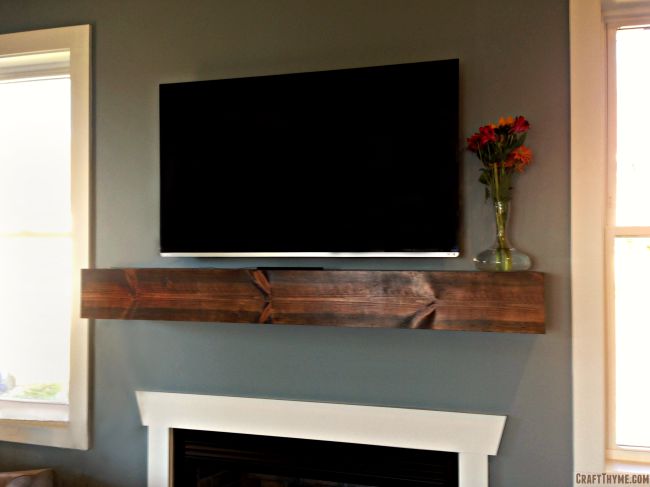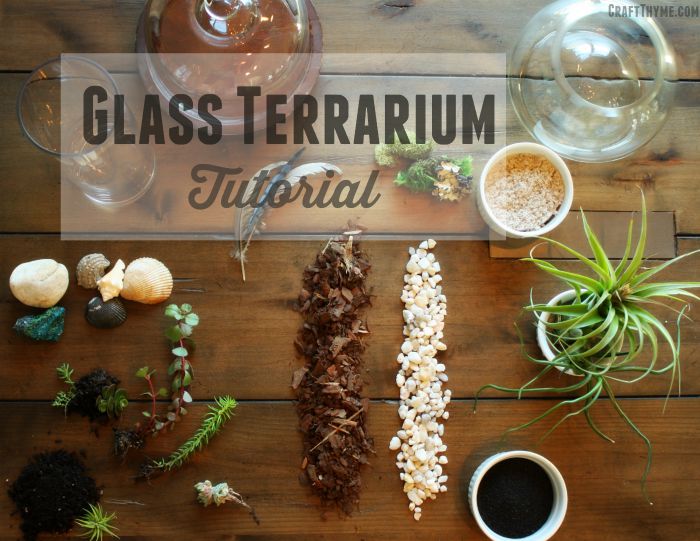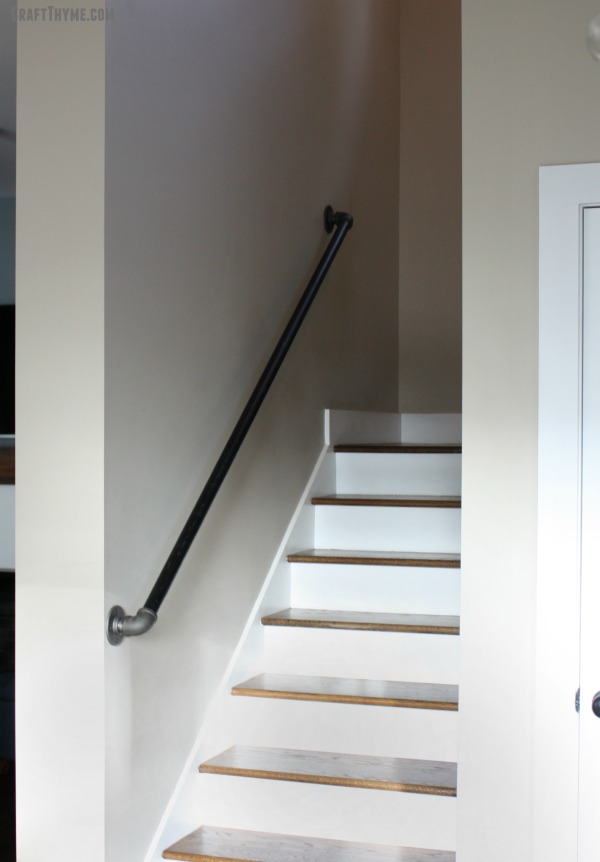
Despite our best efforts and attempts at denial we had to admit that we had a rooster among our hens. We had wondered about the growing comb on his head and larger tail, but the crowing that began right around 11 weeks of age was the final straw. We had to re-home the unwanted rooster pronto or find out if we really were capable of culling the flock. If you are trying to deal with an unwanted rooster you can scroll to the bottom for 10 tips on how to deal with your unexpected cockerel.
Being responsible people we tried the absolute best we could to not have a rooster. We knew it was illegal to have a rooster in town so we bought from a company that guaranteed 98% accuracy on sexing of small batches of chickens… Clearly we should have bought lotto tickets the day we ordered our chicks since we fell in that lovely 2%. We were obviously concerned that we would be unable to find a home for Ginsburg (yes we had a rooster named after Ruth Ginsburg, the irony…). After asking around our facebook friends and getting no where we put a post up on our local freecycle boards. With in an hour we had a bite and we were sooooo lucky.

A gentleman with a 15 free range hens wrote that he had been considering a rooster; could meet us after work that very day and take the rooster off our hands. Personally, I did not care if he came in a van marked “Chicken Meat for Sale”. We needed rid of the unwanted rooster before we became the neighborhood pariah. He had already been crowing all weekend long. When our rooster savior and his family appeared we spent a bit chatting and I really thought our rooster was going to go to a good family. His name was Adam too so that alone seemed like good luck. They were so thrilled to have him and told us all about their flock.

Little did we know that Ginsburg was going to the proverbial motherland of hens with awesome chicken owners. Chicken-Adam has been excellent. It has been like the open adoption of roosters. He has awesomely let us know how he fared his first night, how he was learning to integrate with the flock, asked us some questions about his breed, and sent us some amazing photos! If I had to end up with a rooster I couldn’t be happier with how it turned out.

If you do not end up as lucky as us here are some ideas on how to take care of your unwanted rooster!
10 Tips on Re-Homing Your Unexpected Rooster
- Craigslist – You might be able to get $5-$15 for an unwanted rooster, but your best bet for quick placement is FREE. Make sure to hit the free section and the farm + garden.
- Freecycle – Obviously you will need to offer the rooster for free on this site. It is not quite as ubiquitious as Craigslist, but our Asheville, NC group seems pretty active
- Facebook groups – We have a local and very active group (+16K members) who buy, sell, trade and generally chat. They help rehome all types of animals on the West Asheville Exchange. If you search the name of your town or a close city you can usually find a number of groups to join.
- Local Feed Stores – They probably will not take your rooster BUT they know every poultry keeper in the surrounding area. Ask them if they know anyone looking for a rooster. If you are willing to let the bird be culled they will often know a farm or two that take free roosters for the eating
- Do the Deed – Oh yes, the traditional way to get rid of unwanted roosters! Frankly, as a chicken owner I feel like you may need to know this technique even if you never plan on killing your chickens. If one of them gets incredibly hurt or sick you may need to complete a mercy killing. I thought this video was not terribly graphic but gave a good idea of how to complete the deed.
- Call your local animal control – They may take the bird (which will likely end with its death) or know local organizations that will help.
- Contact local 4-H groups – Please do not do this is you have an aggressive rooster, but if you have a nice one then their may be kids looking for a rooster for their flock.
- Photos – With any of the above posting places you need photos. Let me repeat add a photo. People want to see what they might be getting. A nice, healthy, plump rooster is much more appealing than a text ad.
- Words – Although I think a photo is a key ingredient in re-homing a rooster, the text you type is also really important. You also need to tailor it for your audience. The local facebook group will band together if you have a good reason to need help. I would have made certain to discuss how gentle he was, how good with the hens, the attempts we had gone to to NOT have a rooster etc. Craigslist I would have made sure to discuss statistics like size, breed, feed, general health. Make sure to give the information each platform needs and wants
- Bundle your rooster – If you can stand to lose a hen, or feed, or a cage etc it can make the offer that much more attractive. Especially if the rooster is a fancy breed. You can sell a breeding pair or just require that if someone wants to buy a hen they have to take the rooster too.
Bonus tip:
American Poultry Association – I am adding this as a bonus option. They deal with clubs all over the US, but they are really only going to be helpful if you have a very nice purebred rooster on your hands. You can look through a list of contacts by state to contact.



















